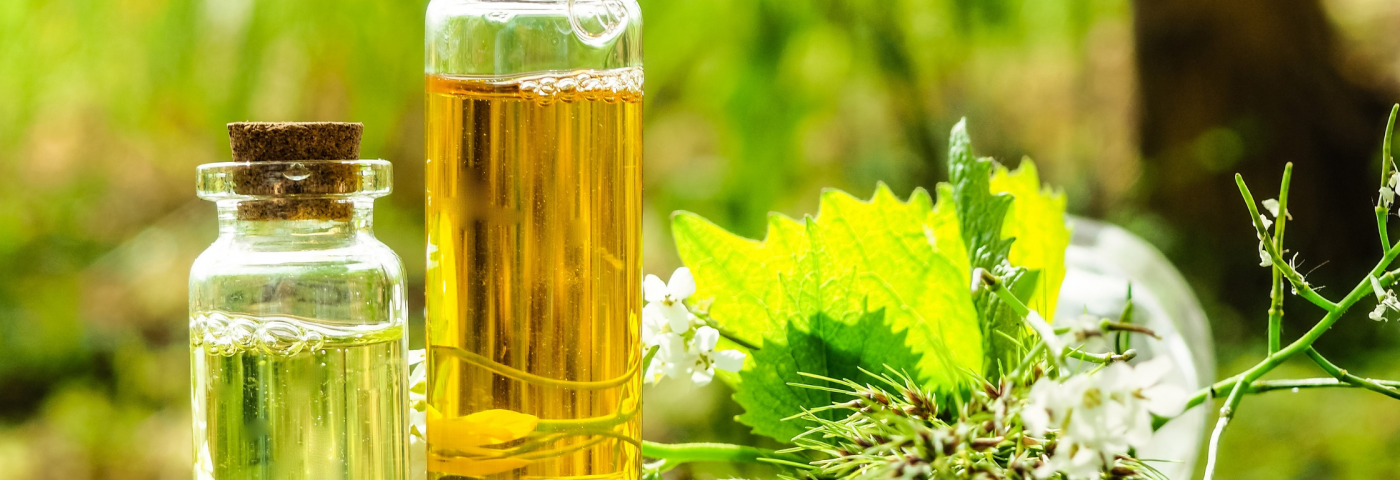Herbal extracts are a fantastic addition to most cosmetic formulas – when they are selected carefully, used in the correct amount, and added in the right way.
How do you know? Read on to find out…
How do you choose which herbal extract is best for a cosmetic formula?
This depends on what performance or marketing benefits you are hoping to achieve. If you are using a small input of herbal extracts for label claims only, then choose the herbal extracts that will appeal to your target market. If you want the herbal extracts to add to your performance, choose the extract based on the efficacy data. Here is a video that shows you how to choose the best active for a cosmetic formulation.
How do you add herbal extracts to cosmetic formulas?
The simplest way to add herbal extracts to a cosmetic formula is when it is in a liquid form. Since many cosmetic products have a water continuous phase, adding an herbal extract that comes in a glycerin, ethanol, glycol or water base will go easily into a cosmetic formula with a water continuous phase (like most of your creams, lotions, shampoos and conditioners).
You could also add a small amount (≤1%w/w) of an oil soluble extract (that is, an extract that comes in oil base) to an emulsified product.
The best thing to do is check the herbal extracts’ solubility first. Here is a video which explains how to do this: How to add herbal extracts to cosmetic formulas.
It becomes more difficult when you are trying to add a water-soluble herbal extract to an oil-based product, like a w/o ointment, balm or oil. In this case, you would need to ‘reverse solubilise’ the material in a very low HLB solubilising material and only add a very small amount of herbal extract into the formula. Please watch this video to understand this process: How to solubilise herbal extracts in oil.
Some herbal extracts only come in a powdered form. Where you are working with a powdered extract, you will first need to mix the powdered extract into whichever medium it is soluble in. For example, if the herbal extract is a water-soluble powder, then you will need to mix it in water, and add it that way. If it is an herbal extract that comes as an oil-soluble powder, you will need to mix it in a little oil first. You can also watch this video which explains this process: How to add powdered fruits, vegetables or herbal extracts to your cosmetic formulas.
How much herbal extract should be used in a cosmetic formula?
The answer to this depends on a lot of things.
First, if it is a simple herbal extract that has no efficacy data, and comes in a glycerin, water, ethanol or glycol base, and you are adding it to a water continuous phase formula, then you would usually add 1 – 5%w/w total combined extracts to most water based formulas.
If it is an herbal extract with efficacy data, you should use the input provided by the data. This could vary – from as little as 0.1% to as high as 5%w/w. Where there is efficacy data, use that to determine your input and make sure it is being added, along with other actives, in a way that will not destabilise, or is otherwise compatible with, the cosmetic formulation you are adding it to.
Can I always make claims about an herbal extract?
Where you don’t have evidence to support a claim or performance attribute, you can’t make the claim. Just because an herbal extract from one supplier with efficacy data has a proven effect does not mean that all herbal extracts with the same (or similar) INCI name will have the same benefit, so make sure the efficacy data and information you hold relates specifically to the exact cosmetic ingredient you want to use in your formula, not just a matching herbal or INCI name.
Can I make traditional medicine claims about herbal extracts in a cosmetic formula?
No. Even if you have strong empirical or scientific evidence about the medicinal or therapeutic use of an herbal extract, you can’t suggest a cosmetic product will have that effect. Cosmetic products, by definition, are designed to maintain the skin and hair in good condition, not treat medical conditions. Even if you hold the evidence, the claim is not appropriate for a cosmetic product, so you can’t make it.
Herbal extracts can be a great addition to the marketing and performance of a cosmetic product, and like every cosmetic ingredient, need to be added in the right amount for the best results. Make sure you stabilise them effectively, check any compatibility requirements, and conduct performance and stability testing to ensure you have a great cosmetic formula.
Enjoyed this article? Get more by subscribing to our newsletter!
Feeling inspired to see ingredients and trends in action?
Then why not visit one of the in-cosmetics events around the world?

